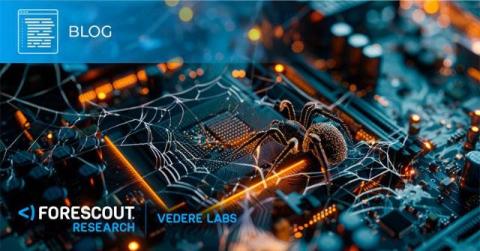Unraveling the State of Kubernetes Security in 2024
We explored the Red Hat State of Kubernetes security report 2024, one of our favorite yearly reports. It’s jam-packed with incredibly fascinating information about one of our favorite subjects—Kubernetes security. Imagine that! In this post we’ll review some of the more interesting data points and contrast them with results from prior years. We’ll also discuss our own perspectives and observations on how this affects you as a Kubernetes user.











